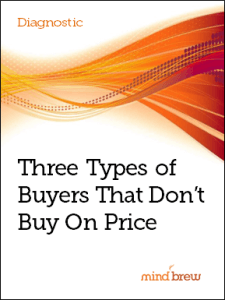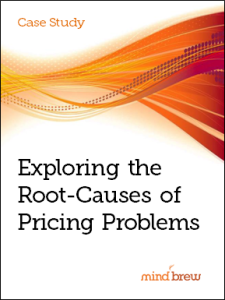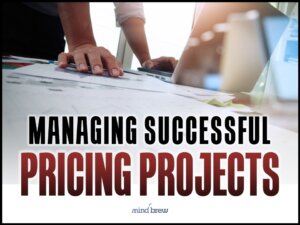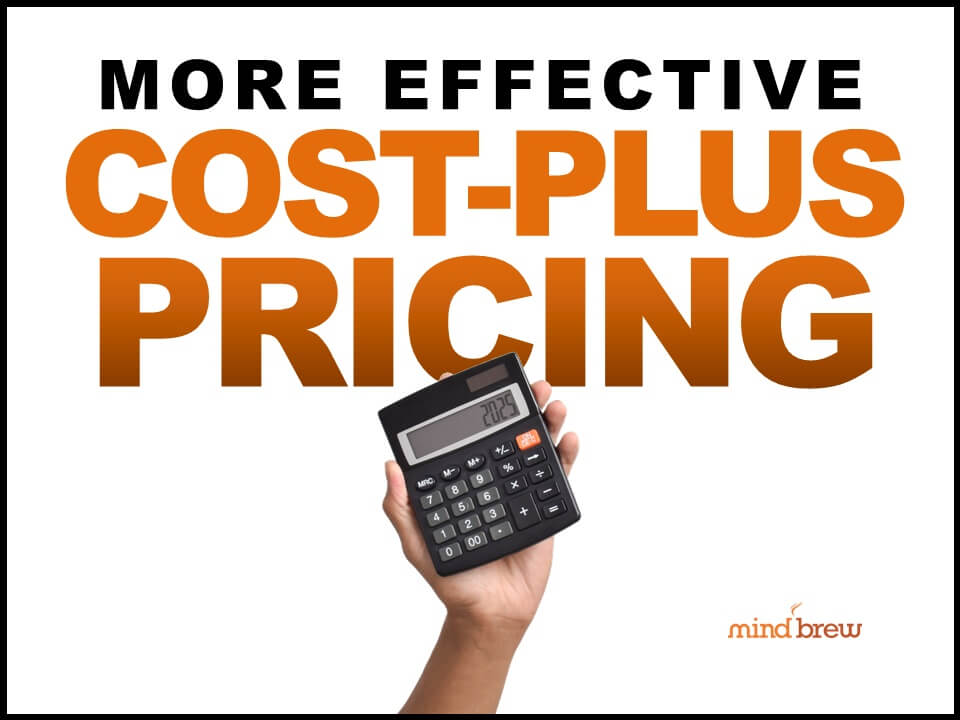The writer Anaïs Nin once said, “We don’t see things as they are, we see them as we are.” Those words highlight a common trap that plagues the pricing discipline.
As pricing professionals, we spend nearly all of our time thinking about price. It’s only natural then for us to assume that our customers are also spending a lot of time thinking about price. In fact, we tend to believe that the price of the product is the single most important factor in determining whether or not someone will buy something.
But that just isn’t true.
Price is one of many things that customer take into account during the purchase decision-making process. They might also be thinking about product quality, customer service, reliability, flexibility, speed of delivery, reputation, or dozens of other considerations. In fact, they might not be that worried about price at all.
But pricing practitioners—and salespeople—tend to give outsize importance to price. This sort of “tunnel vision” is actually a known psychological phenomenon called the focusing effect. In the most well-known study to show the focusing effect, researchers asked whether people living in California or the Midwest were happier. Most people said Californians must be happier because the weather is so much better there. But when the psychologists asked Californians and Midwesterners how happy they were, both groups actually reported the same levels of happiness. You see, most people in the survey group were focusing on one factor—in this case, the sunshine. They didn’t take into account all the other circumstances that affect people’s happiness, including crime, earthquake danger, cost of living, etc.
In the same way, the focusing effect can cause us to place too much importance on price. We simply aren’t taking into account all the other variables. And as a result, we might be offering discounts when we do not need to and leaving money on the table. Strange as it seems, in some cases, a price that seems too low can even turn away potential buyers.
In a negotiation situation, we urge B2B firms to analyze what type of buyer they are dealing with. Only 20 to 30 percent of the buyers in any given market actually buy purely on price. The others are looking for value or a long-term relationship with a supplier.
To help you identify the different types of buyers, we have a diagnostic called Three Types of Buyers That Don’t Buy on Price. It goes into detail about the different types of buyers and explains the tell-tale signs that help you spot them.
In addition, you also might want to check out the webinar Pricing Psychology in B2B. It helps you understand the human factors that play into B2B buying decisions and provides insight into how to use psychological principles to your benefit.















